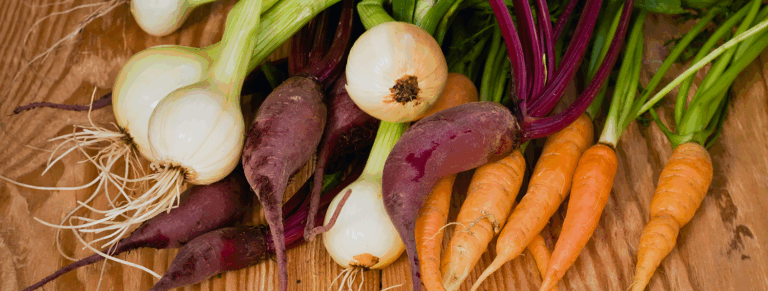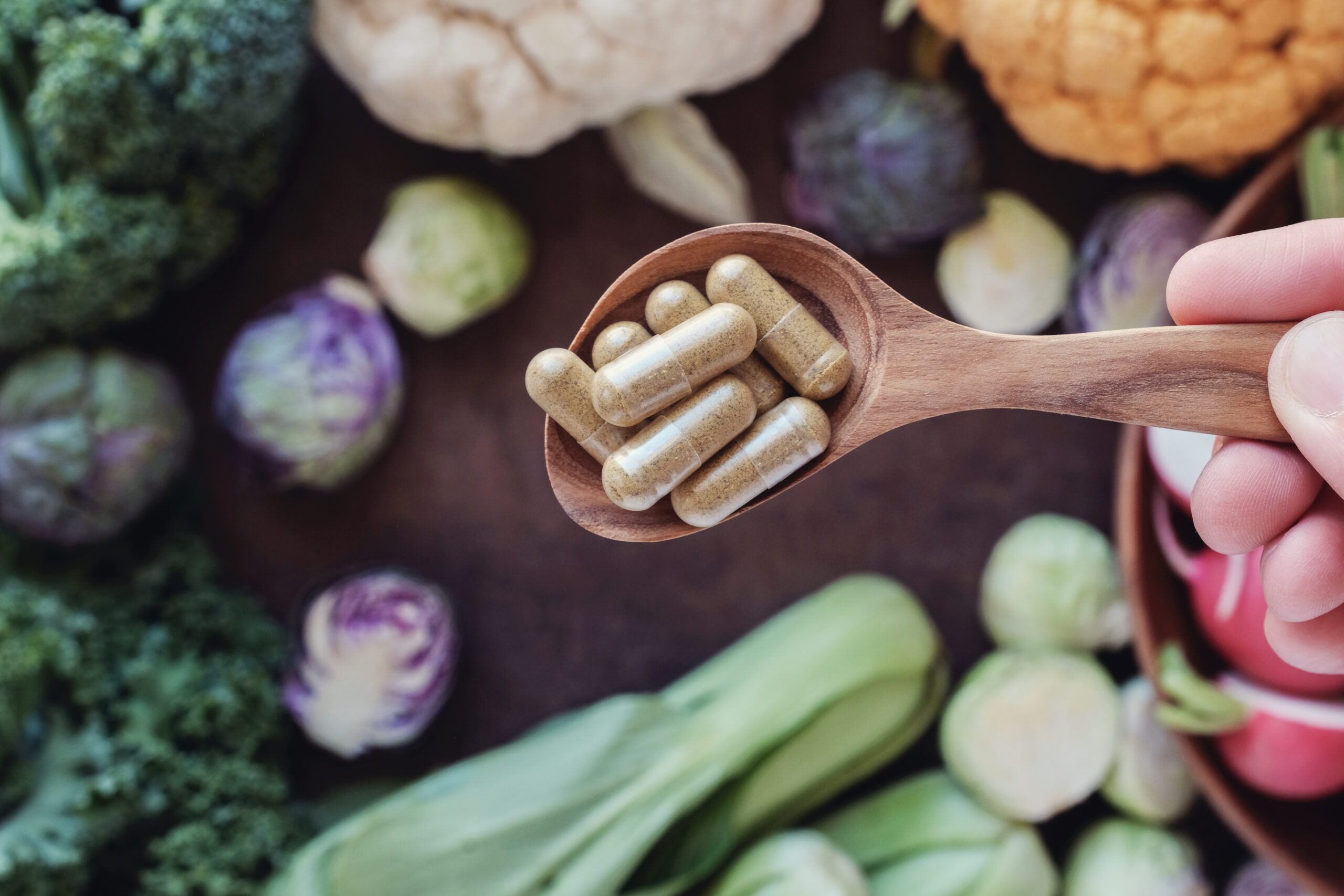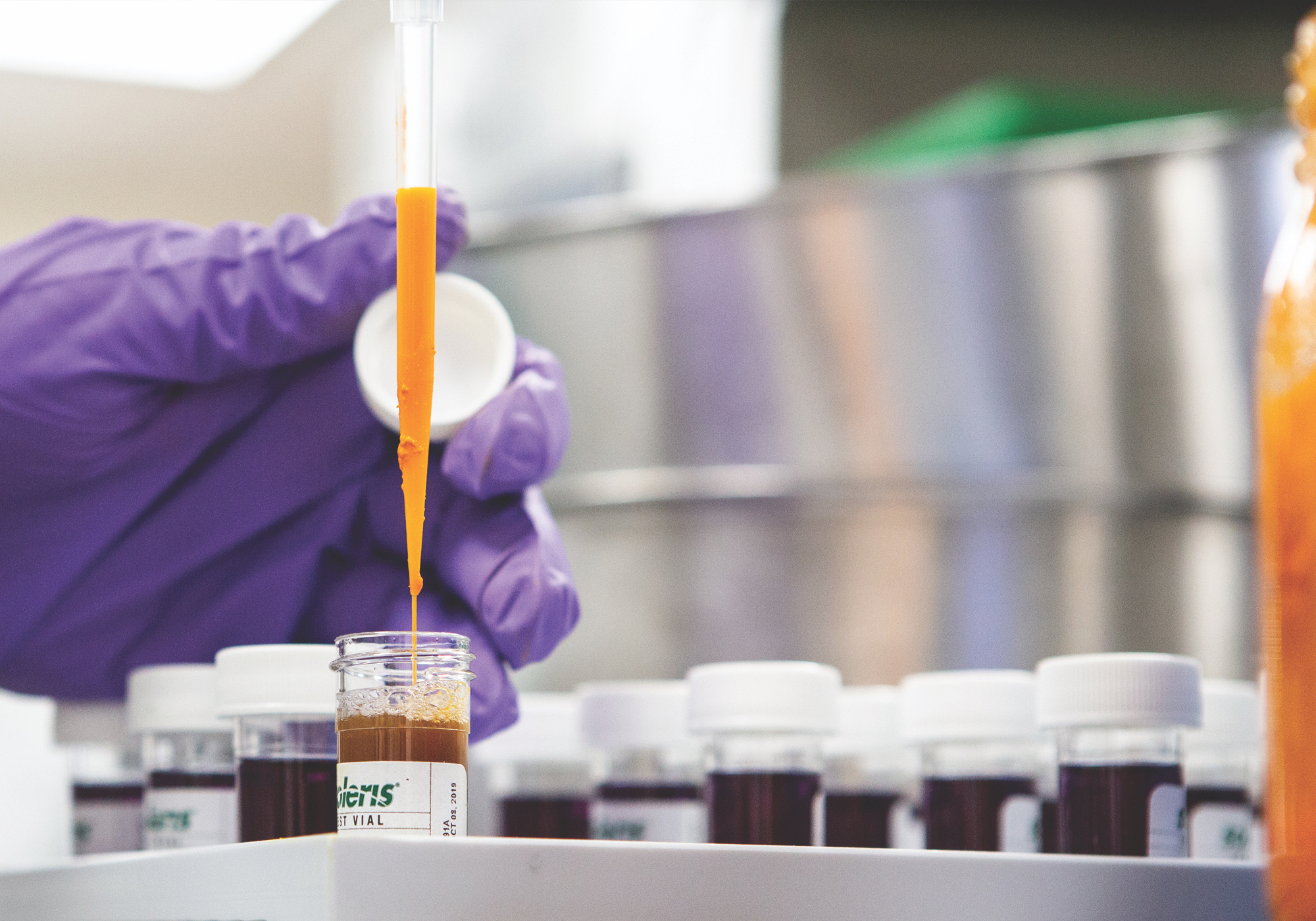Scientific name:Ocimum tenuiflorum/sanctum
Constituents:
- Volatile oils (monoterpenes & sesquiterpenes): eugenol, methyleugenol, linalool & β-bisabolene
- Glycoglycerolipids (ocimumosides A & B)
- Coumarin (ocimarin)
- Flavonoids: apigenin, luteolin, phenylpropane glycosides (estragole) and ursolic acid
- Polyphenolic acids: rosmarinic, chlorogenic and caffeic acids.
Medicinal actions:
- Adaptogen
- Anti-inflammatory
- Antioxidant
- Antimicrobial
- Carminative
- Expectorant
- Hypoglycemic
- Immunomodulator & Immune stimulant
Mechanism of Action & Pharmacology:
- Anti-stress & adaptogenic effects appear to be influenced by Ocimumoside A and Ocimumoside B which appear to normalize hyperglycemia, plasma corticosterone, plasma creatine kinase, and adrenal hypertrophy. These compounds appear capable to simultaneous modulatory effects on the central monoaminergic, antioxidant systems, and circulating corticosterone levels during chronic stressful conditions.
- Volatile oils have demonstrated anti-bacterial & anti-fungal activity in vitro and in vivo.
- Flavonoids demonstrate potent antioxidant activity and inhibitory activity against cyclooxygenase-1 in vitro. Extract has demonstrated immune stimulant, immunomodulating, anti-inflammatory, and analgesic activities in vivo, potentially due to inhibition of Inflammatory prostaglandins.
Pharmacy:
- Infusion
- Tincture
- Capsules
Safety & Toxicity Concerns:
- Avoid in pregnancy and lactation.
- Antispermatogenic activity has been observed in mice.
Interactions:
- Theoretical additive effect with anti-diabetic medications.







